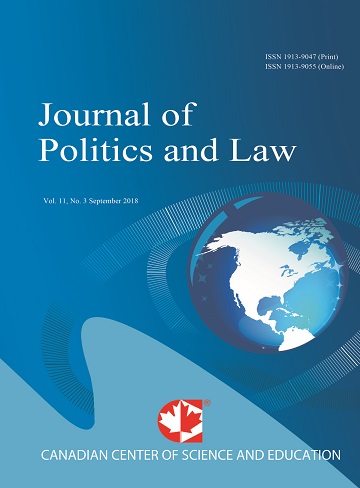Risk Management Assessment for Partnering Projects in the Malaysian Construction Industry
- Hamimah Adnan
- Mohd Nidzam Rahmat
- Nur Fatanah Nadiah Mazali
- Kamaruzaman Jusoff
Abstract
The Partnering concept is not a new way of doing business. The partnering process establishes the working relationship among the parties (stakeholders) through a mutually-developed, formal strategy of commitment and communication. It attempts to create an environment where trust and teamwork prevent disputes, co-operative bonds are fostered for everyone’s benefit and the completion of successful project is facilitated. The Construction industry in Malaysia is suffering constraints in the processes of construction procurement. Thus, partnering is used as an approach in procurement that could lead toward improving performance of the construction industry in Malaysia. Organizations which have used partnering for construction projects are now reporting favourable results, which include the decreased costs, quality improvement and delivery of project to programme. Partnering has reached many benefits in terms of project cost, time quality, build ability and etc. Despite the benefits in applying the partnering procurement method, there remains risks associated with this mode of construction.
From the literature review it was found that the risk management process and partnering are critical to the success of the project. A questionnaire survey was conducted on the sample in order to examine the criticality of risk factors and to identify the effectiveness of risk mitigation measures applied in partnering. The opinions and techniques of risk mitigation were gathered through.
It was found that the most critical construction partnering risk is the partner’s financial resources, clients’ problems and economic conditions and financial problems among one of the partner. It is hope that the risk management programme will help to reduce the risks in the construction project in Malaysia.
- Full Text:
 PDF
PDF
- DOI:10.5539/jpl.v1n1p76
Journal Metrics
h-index (2017): 14
i10-index (2017): 39
h5-index (2017): 9
h5-median (2017): 11
Index
- Academic Journals Database
- ACNP
- ANVUR (Italian National Agency for the Evaluation of Universities and Research Institutes)
- Berkeley Library
- CNKI Scholar
- COPAC
- CrossRef
- DTU Library
- EBSCOhost
- Elektronische Zeitschriftenbibliothek (EZB)
- EuroPub Database
- Excellence in Research for Australia (ERA)
- Genamics JournalSeek
- GETIT@YALE (Yale University Library)
- Ghent University Library
- Google Scholar
- Harvard Library
- HeinOnline
- INDEX ISLAMICUS
- Infotrieve
- Jisc Library Hub Discover
- JournalGuide
- JournalTOCs
- LOCKSS
- MIAR
- Mir@bel
- NewJour
- Norwegian Centre for Research Data (NSD)
- Open J-Gate
- PKP Open Archives Harvester
- Publons
- Pubmed journal list
- RePEc
- ROAD
- Scilit
- SHERPA/RoMEO
- Standard Periodical Directory
- Stanford Libraries
- UCR Library
- Ulrich's
- UniCat
- Universe Digital Library
- UoS Library
- WorldCat
- Zeitschriften Daten Bank (ZDB)
Contact
- William TaiEditorial Assistant
- jpl@ccsenet.org
